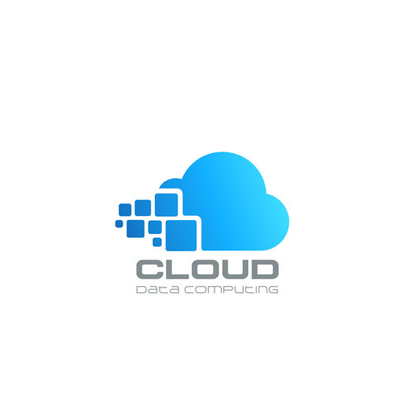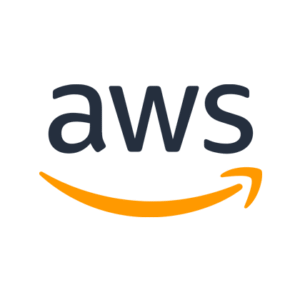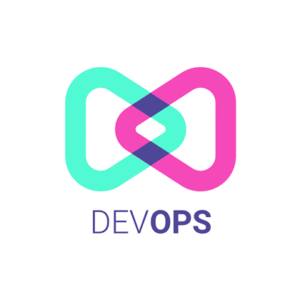$500.00
Cloud computing has transformed how businesses and individuals access and use technology. Its flexibility, scalability, and cost-effectiveness make it a vital part of today’s digital infrastructure. Whether you’re a developer, IT professional, or a business owner, understanding cloud computing is essential for staying relevant in the tech world.
Reviews
| 5 star | 0% | |
| 4 star | 0% | |
| 3 star | 0% | |
| 2 star | 0% | |
| 1 star | 0% |
Sorry, no reviews match your current selections
Portfolio & Awards
Lorem Ipsum has been the industry’s standard dummy text ever since the 1500s, when an unknown printer took a galley of type and scrambled it to make a type specimen book. It has survived not only five centuries, but also the leap into electronic typesetting, remaining essentially unchanged. It was popularised in the 1960s with the release of Letraset sheets containing Lorem Ipsum passages, and more recently with desktop publishing software like Aldus PageMaker including versions of Lorem Ipsum.
Pricing Table
| Features |
Small $9,500 / total Initial Business Idea Analysis and Documentation |
Medium $20,000 / total Solution Analysis Vision & Scope |
Large $35,000 /total Solution Analysis Vision & Scope (large-scale) |
|---|---|---|---|
|
Discovery Timeline |
up to 3 weeks |
from 4 to 7 weeks |
from 6 to 9 weeks |
|
Define Business goals and objectives of the expected product |
|
|
|
|
Requirements Elisitation Sessions (stakeholders interviews, workshops) |
up to 5 workshops |
up to 7 workshops |
up to 9 workshops |
|
Requirements Modeling and Documentation |
|
|
|
|
Quality Attributes Workshop |
– |
|
|
|
Business Requirements Specification |
|
|
|
|
Competitor Analysis |
– |
|
|
|
Product Succcess Metrics |
– |
– |
|
|
Functional Decomposition |
|
|
|
|
Key Business Processes & Sequence Diagrams |
– |
|
|
|
Non-Functional requirements analysis and documentation |
– |
|
|
|
Software Architecture Vision and High-level Design |
|
|
|
|
Entity Relationship Diagram |
– |
|
|
|
Technology Stack |
|
|
|
|
Technical Risks Identification |
– |
|
|
|
Architecture decisions report |
– |
– |
|
|
Wireframes |
up to 3 core user flows |
up to 10 core user flows |
up to 15 core user flows |
|
Product Information Architecture |
|
|
|
|
Business Model Canvas |
|
|
|
|
Customer Journey Map |
– |
|
|
|
Value Proposition design Workshop |
– |
– |
|
|
Delivery Time |
– |
– |
– |
Description
What is Cloud Computing?
Cloud computing is the delivery of computing services—such as servers, storage, databases, networking, and software—over the internet, commonly referred to as “the cloud”. Rather than buying and maintaining physical servers, users can access computing resources from cloud providers like Amazon Web Services (AWS), Microsoft Azure, or Google Cloud Platform (GCP).
Key Characteristics
- On-Demand Self-Service: Provision resources as needed without human intervention.
- Broad Network Access: Services are accessible via internet-connected devices.
- Resource Pooling: Shared infrastructure among users ensures efficiency.
- Rapid Elasticity: Scale resources up or down quickly as needed.
- Measured Service: Pay only for what you use.
Cloud Service Models
1. IaaS (Infrastructure as a Service)
Provides virtualized hardware resources. You manage the operating system, apps, and data.
Examples: Amazon EC2, Azure Virtual Machines
2. PaaS (Platform as a Service)
Provides a ready-to-use platform for developers to build, test, and deploy applications.
Examples: Google App Engine, Heroku
3. SaaS (Software as a Service)
Fully hosted applications accessed via the internet. No need to manage infrastructure.
Examples: Gmail, Dropbox, Microsoft 365
Deployment Models
- Public Cloud: Operated by third-party providers. Cost-effective and scalable.
- Private Cloud: Used exclusively by one organization. Offers more control and security.
- Hybrid Cloud: A combination of public and private clouds, offering flexibility and balance.
Benefits of Cloud Computing
- 💸 Cost Savings: No upfront hardware investment, pay-as-you-go pricing.
- ⚡ Speed: Quick resource provisioning and scaling.
- 🔐 Security: Enterprise-grade data protection by providers.
- 🌍 Accessibility: Access data and apps from anywhere, anytime.
- 🛠️ Automatic Updates: Providers manage software and security updates.
Common Use Cases
- Hosting websites and applications
- Data backup and disaster recovery
- Big data analytics and machine learning
- Virtual desktops and collaboration tools
- Software development and testing environments






